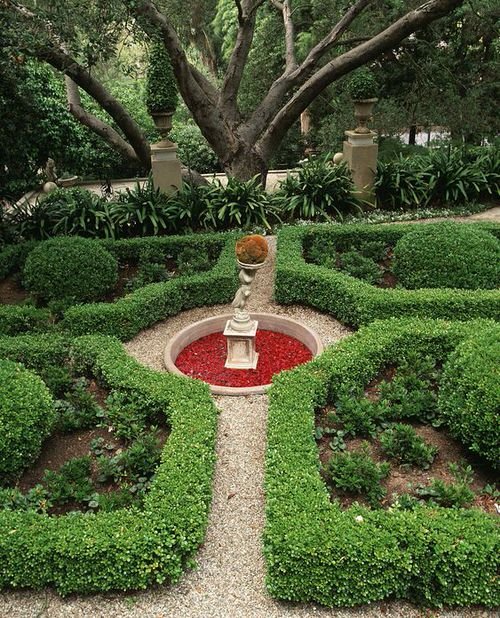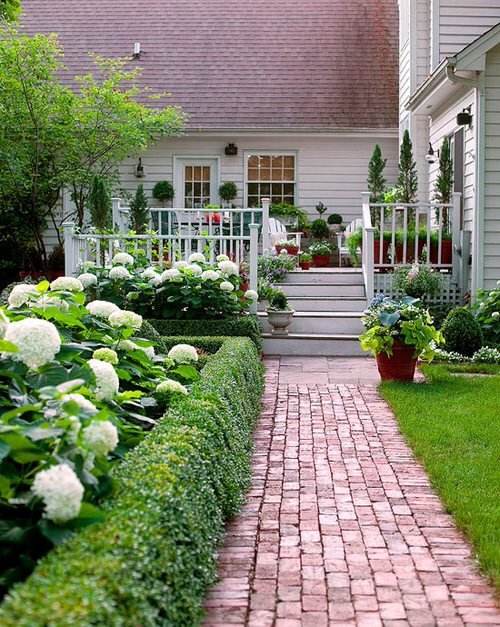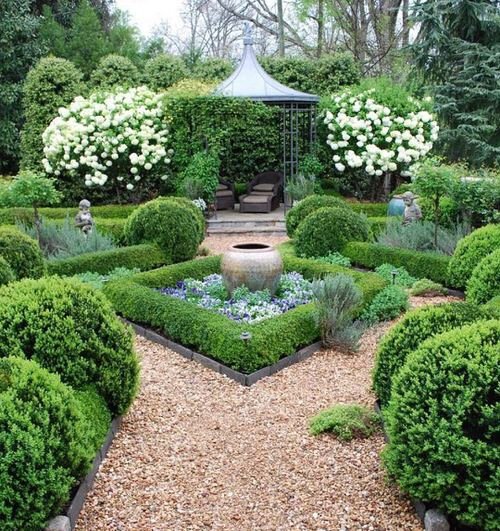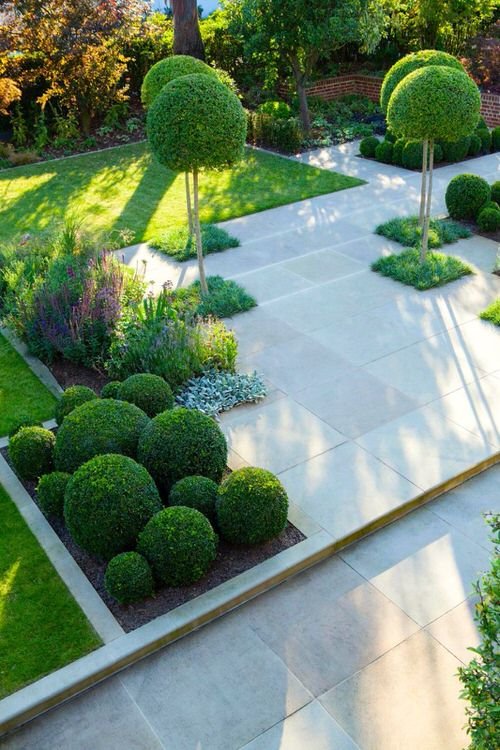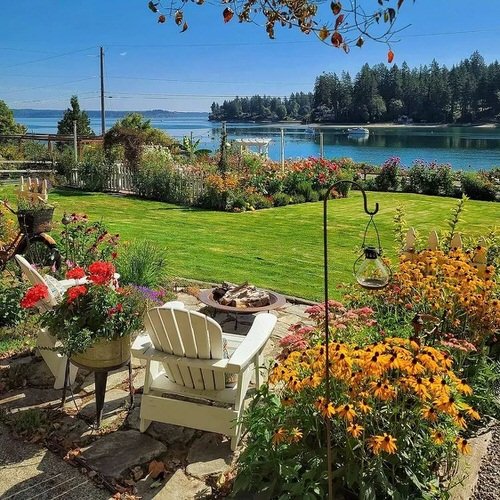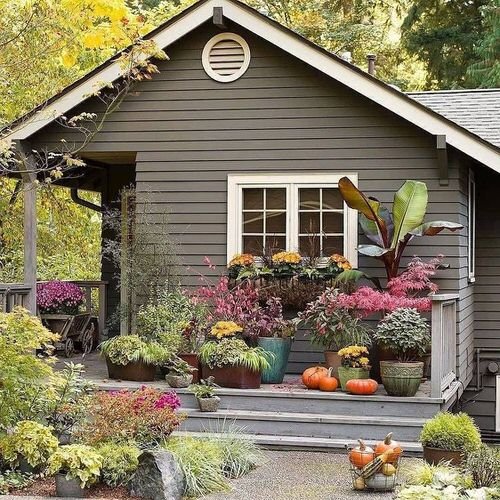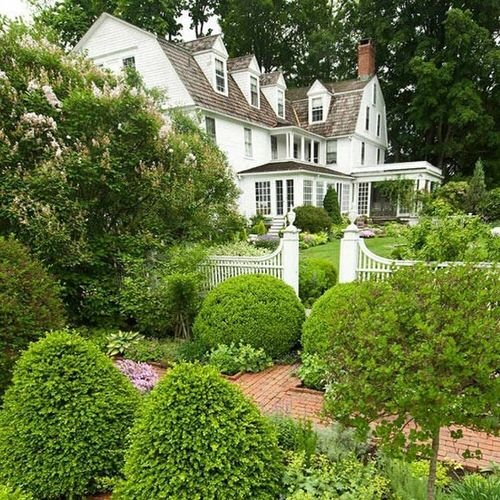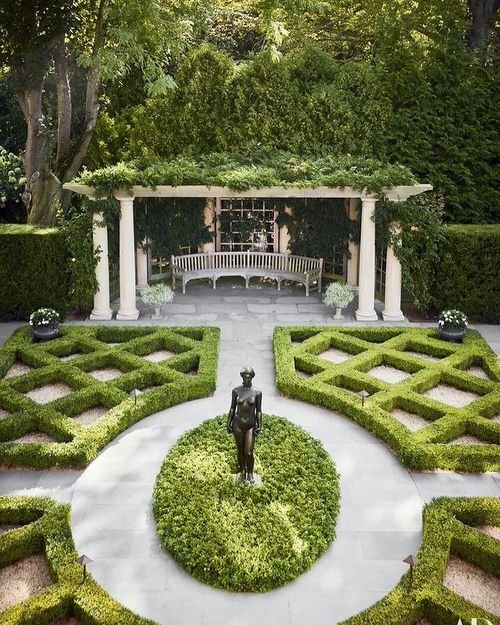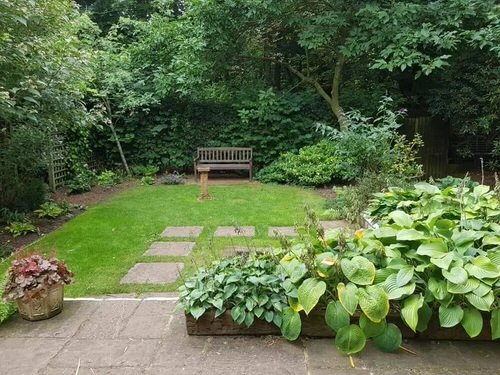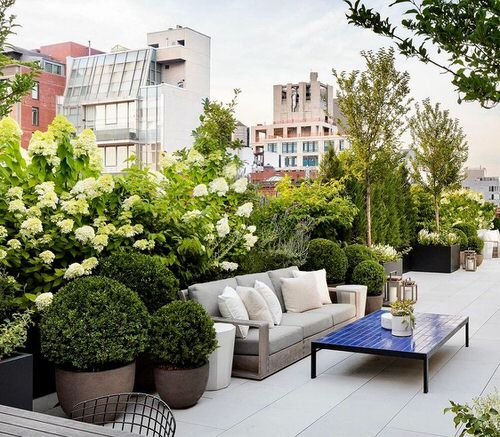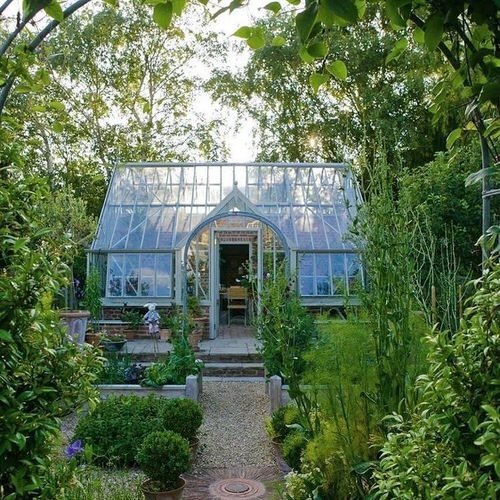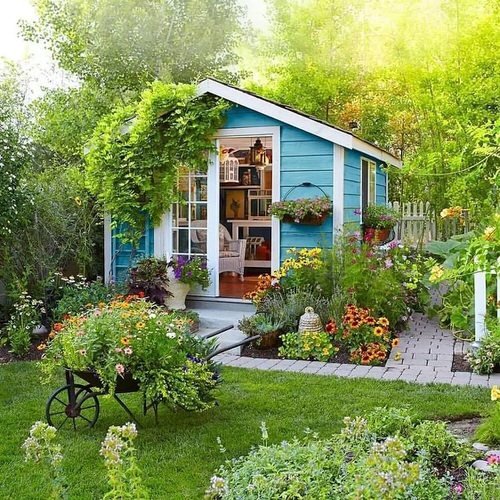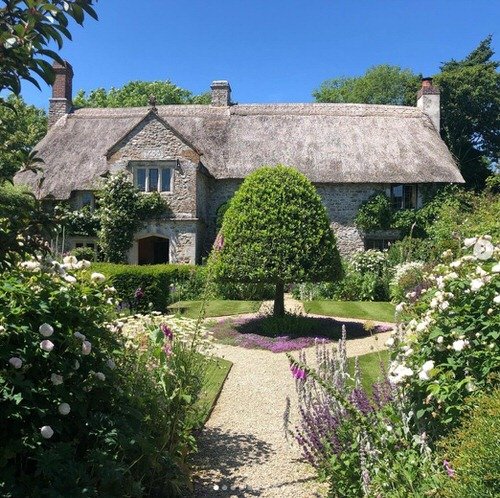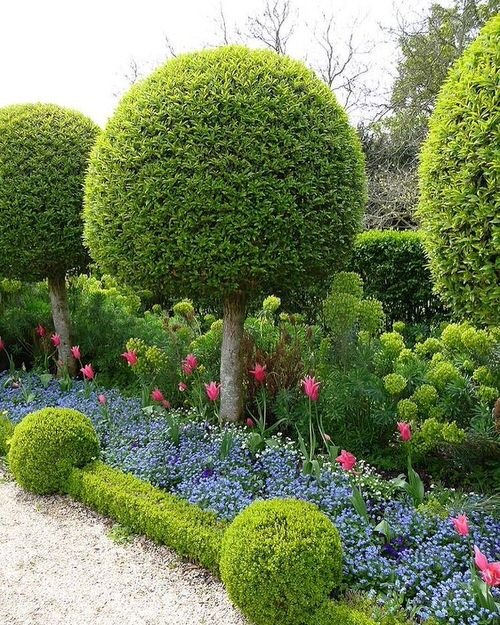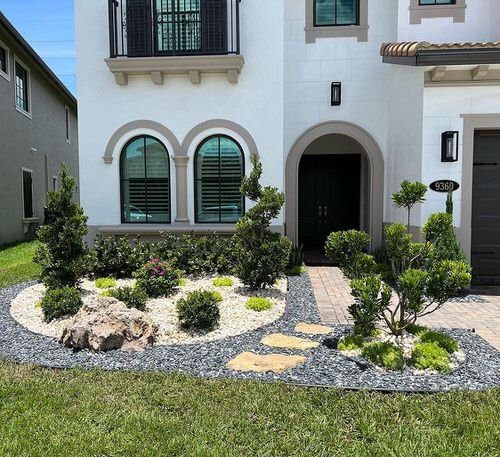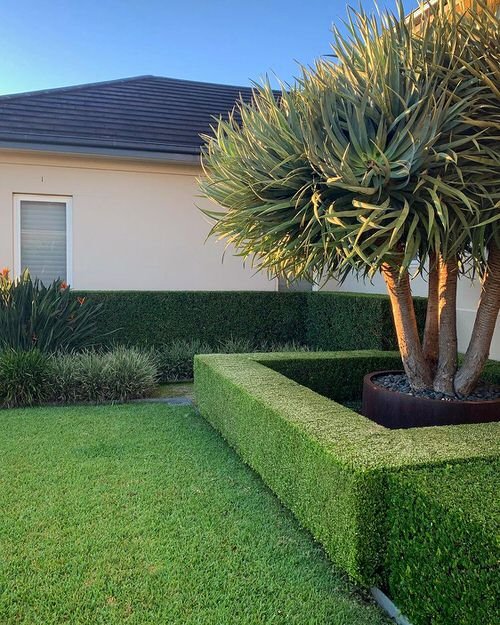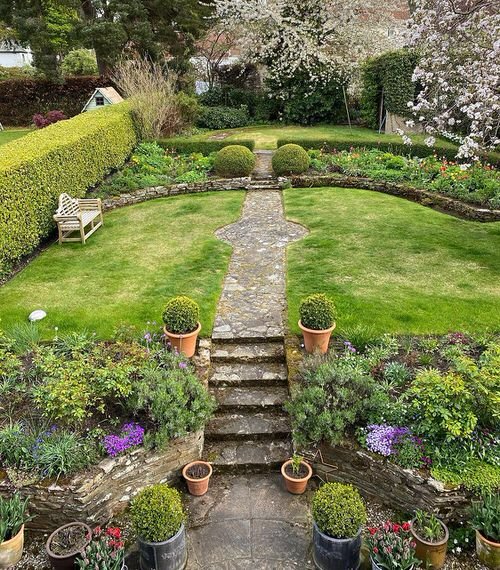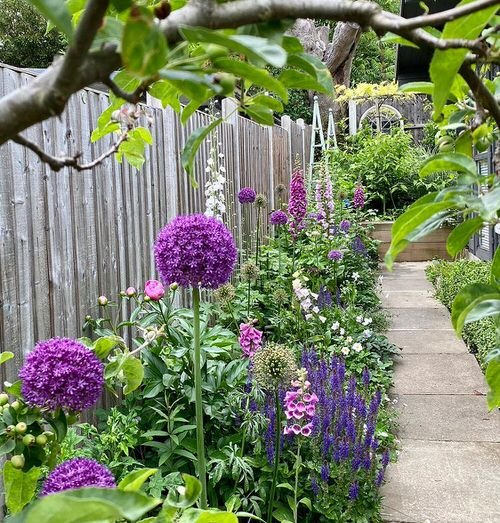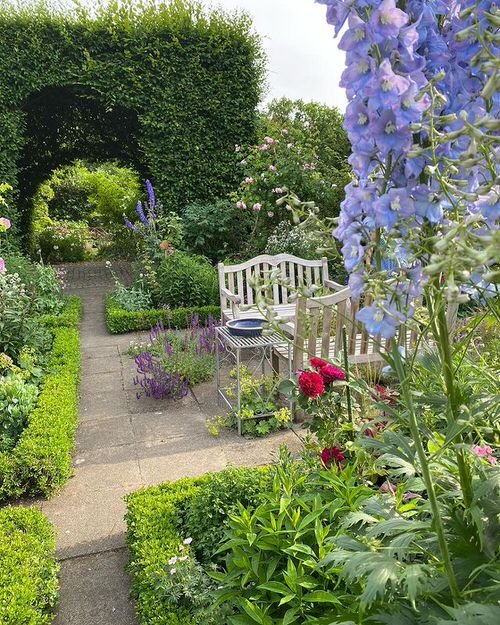
Make the central axis a path in your garden from which other paths radiate. Place a sculpture, bench, or water feature at the other end of the axis to draw the eye toward the garden. Use this central axis of the garden as a reference point for developing all other aspects of the garden.
A formal garden design consists of geometric shapes – usually right angles, but curves also work. The secret is to create clearly defined and recognizable shapes. Typically these shapes outline planting areas, but they could also be part of the landscaping. For example, the main axis could start from a square terrace, run several feet long, stop at a square central hub, and then end in a square area on which a trellis bench sits.
Pathways in a formal garden design must be clearly defined. They can be made of grass, gravel, stone or brick. If you choose lawn, you will have to spend time manually edging the paths to maintain the formality of the garden. Or you can choose to define edges with metal edges or a layer of bricks or pavers.


